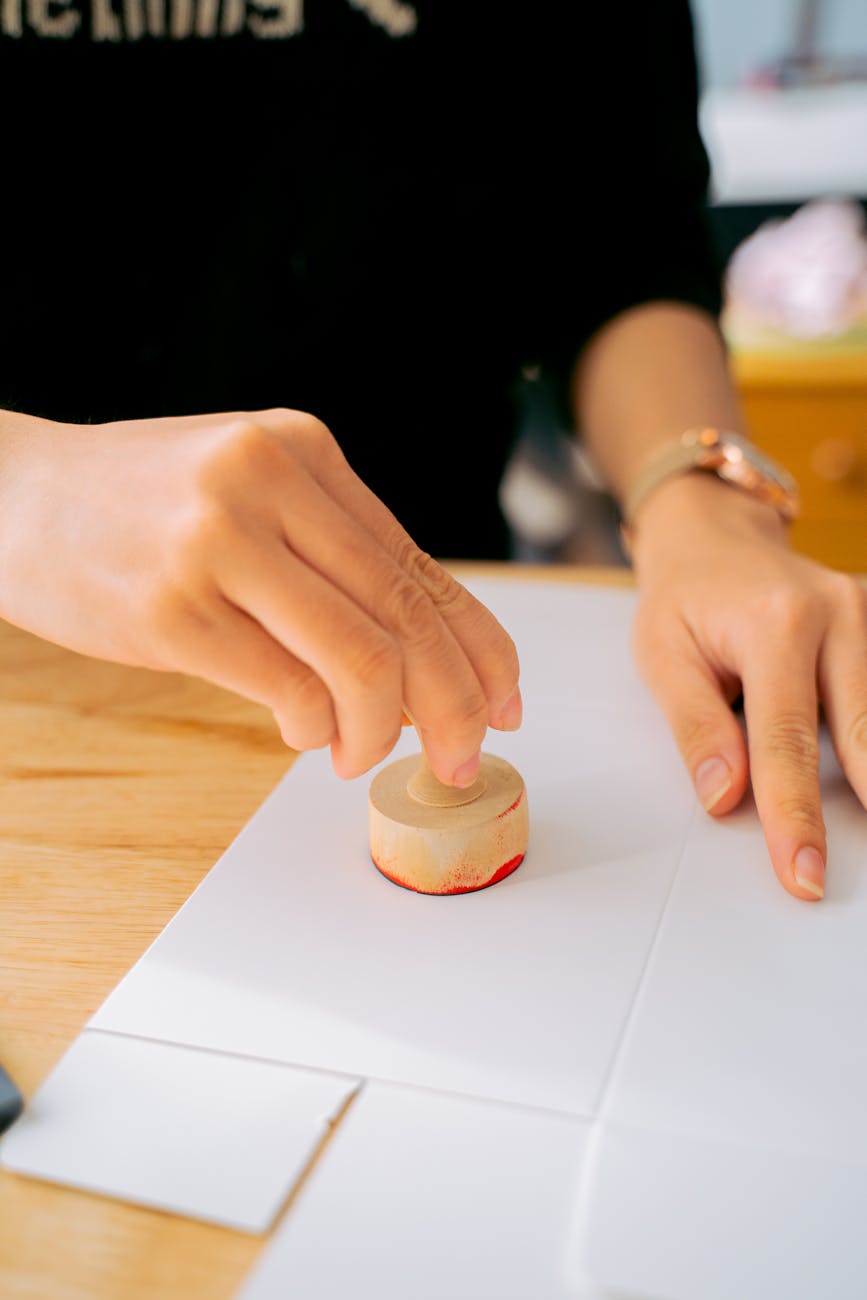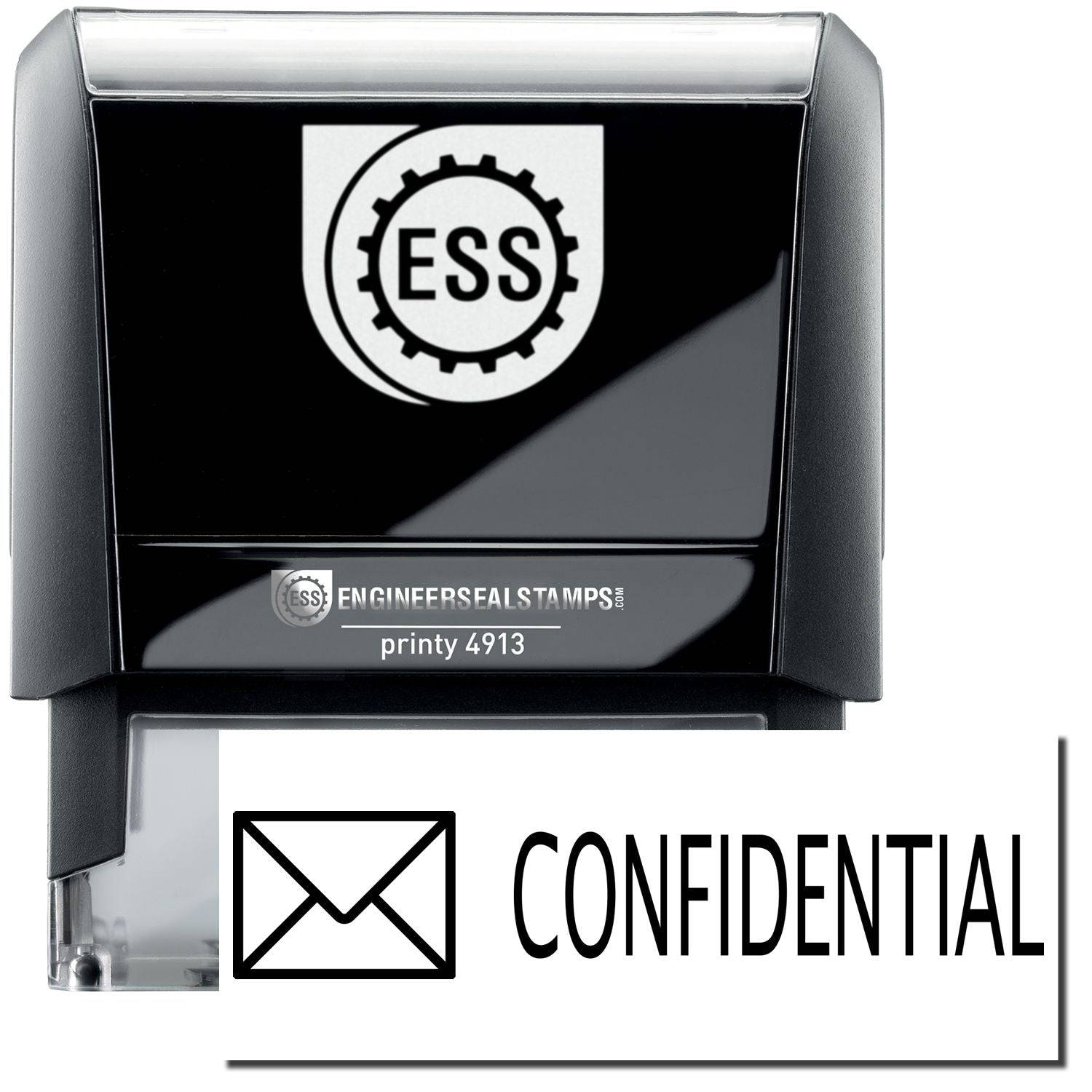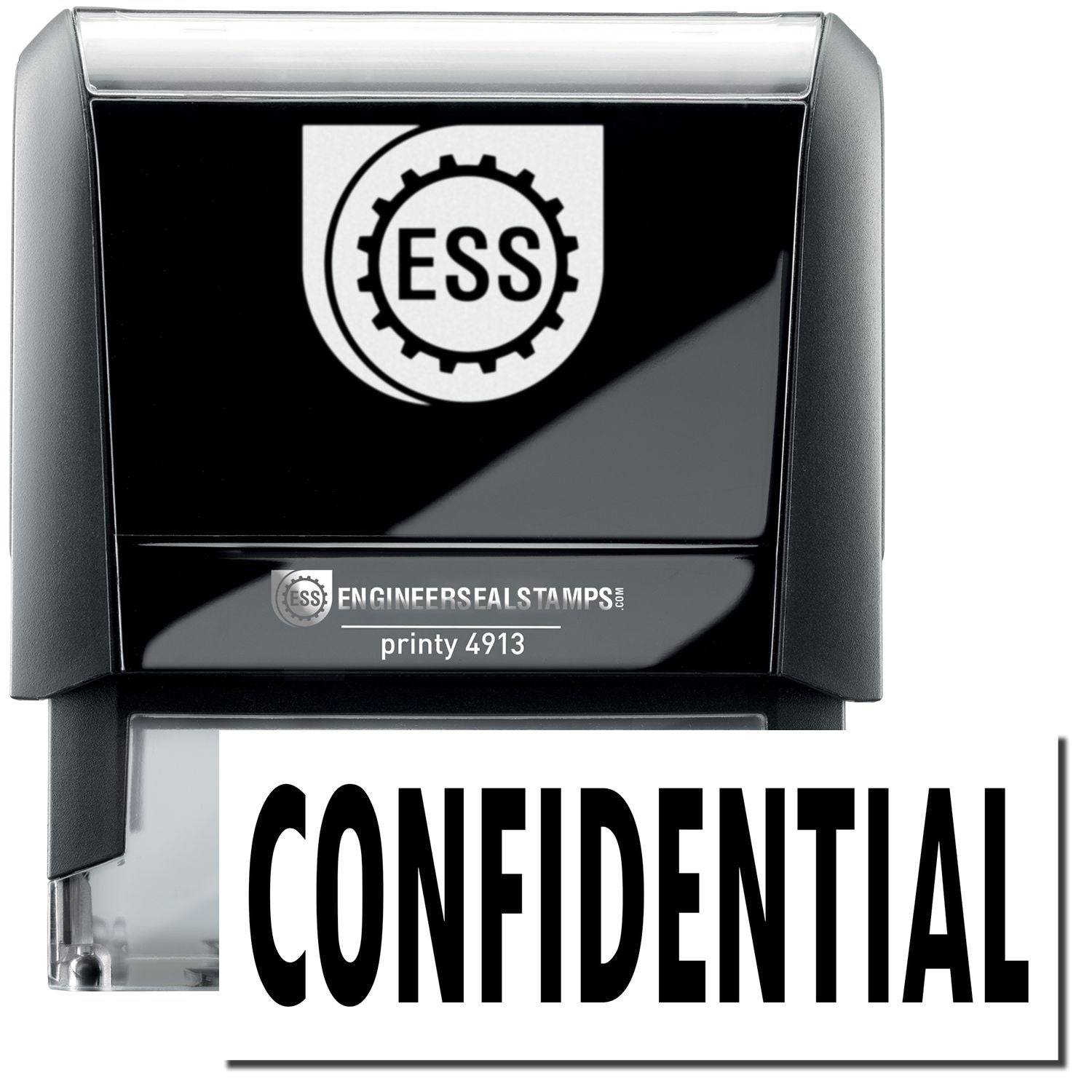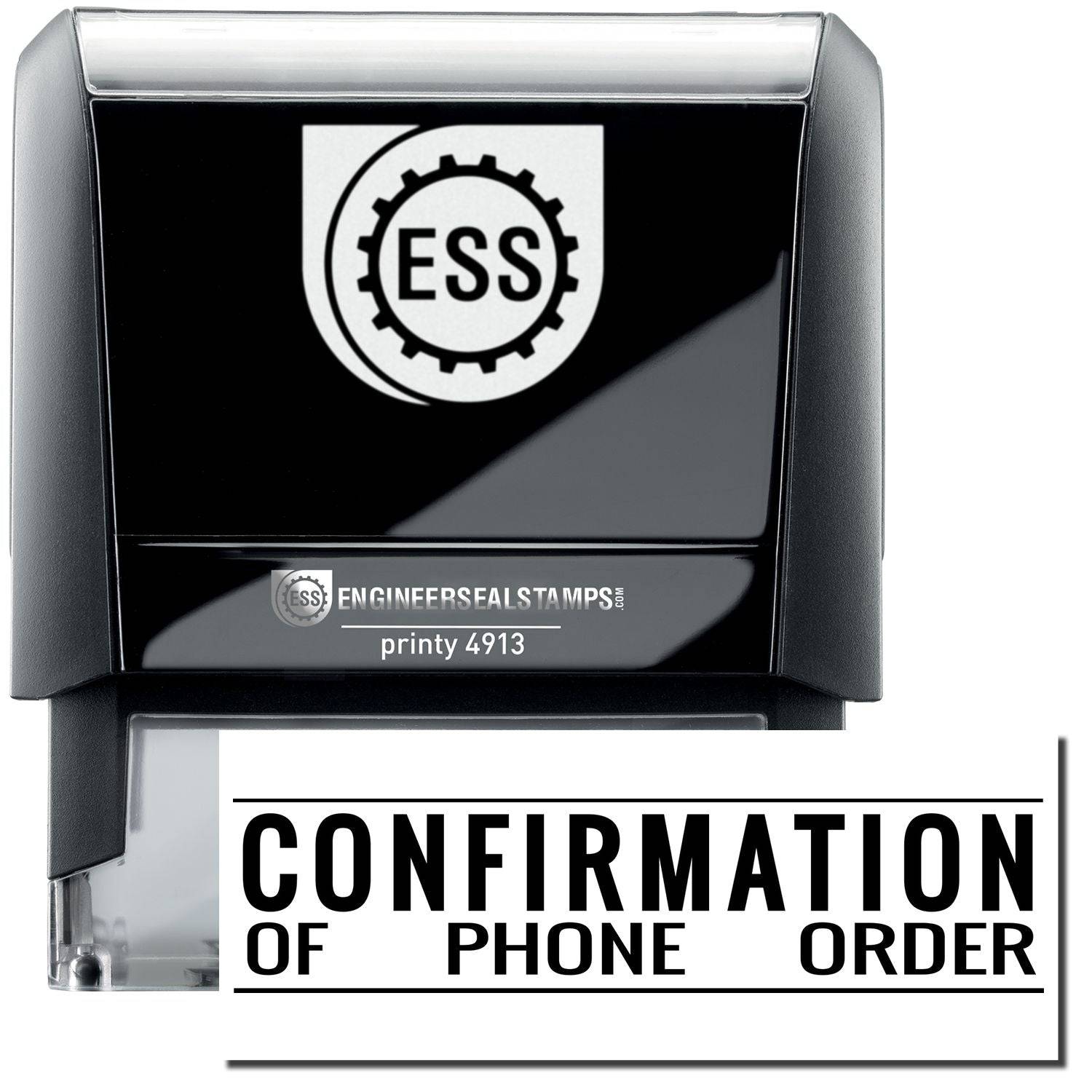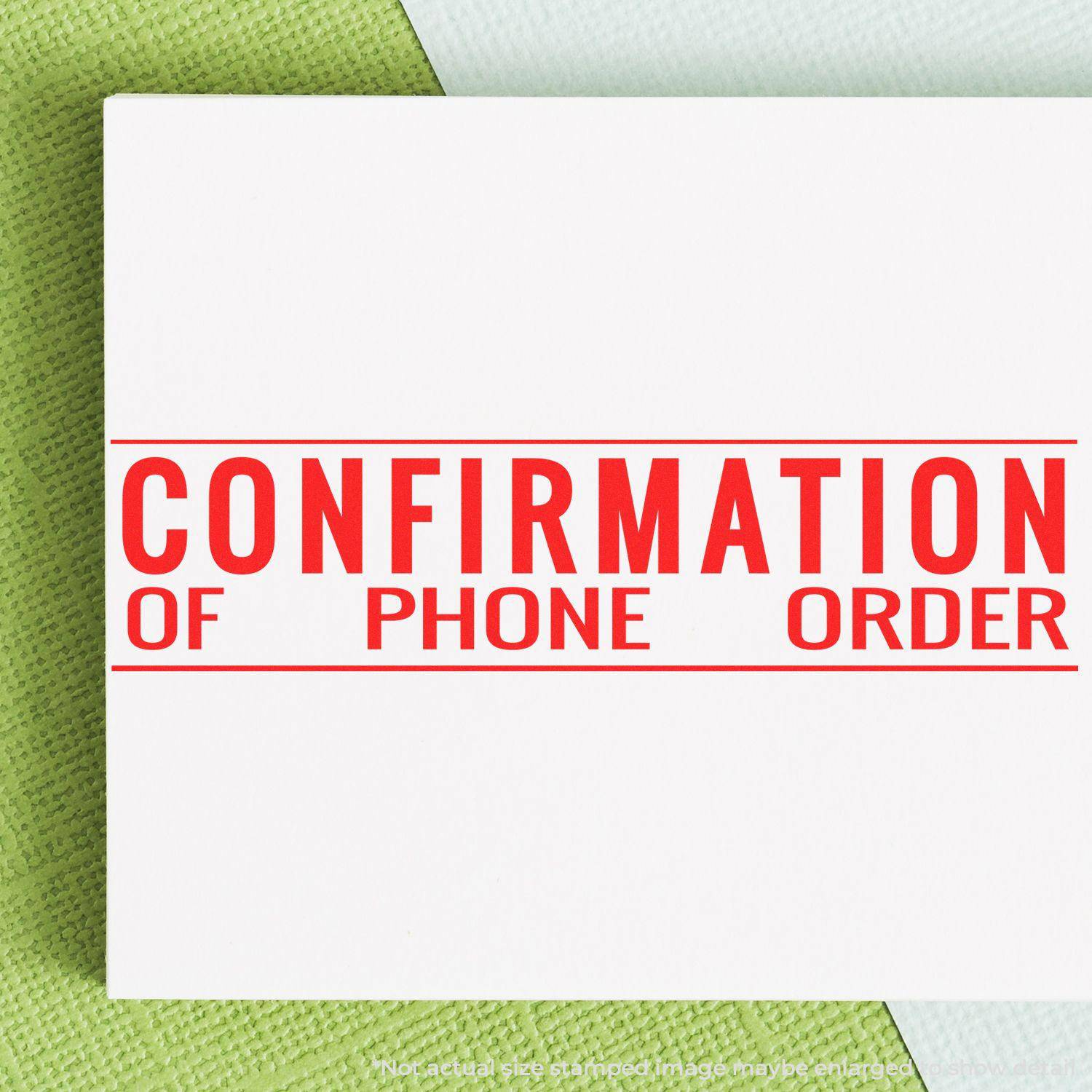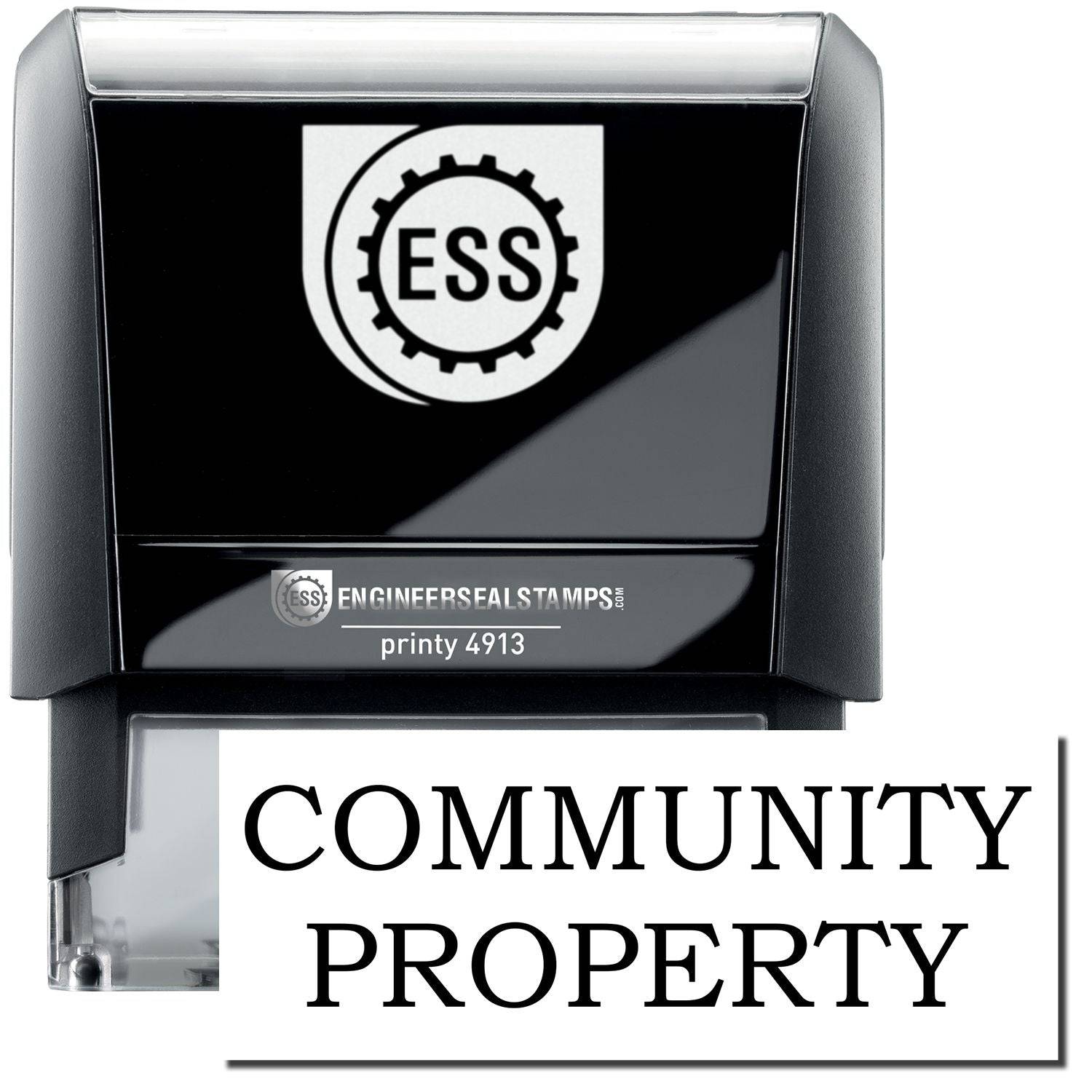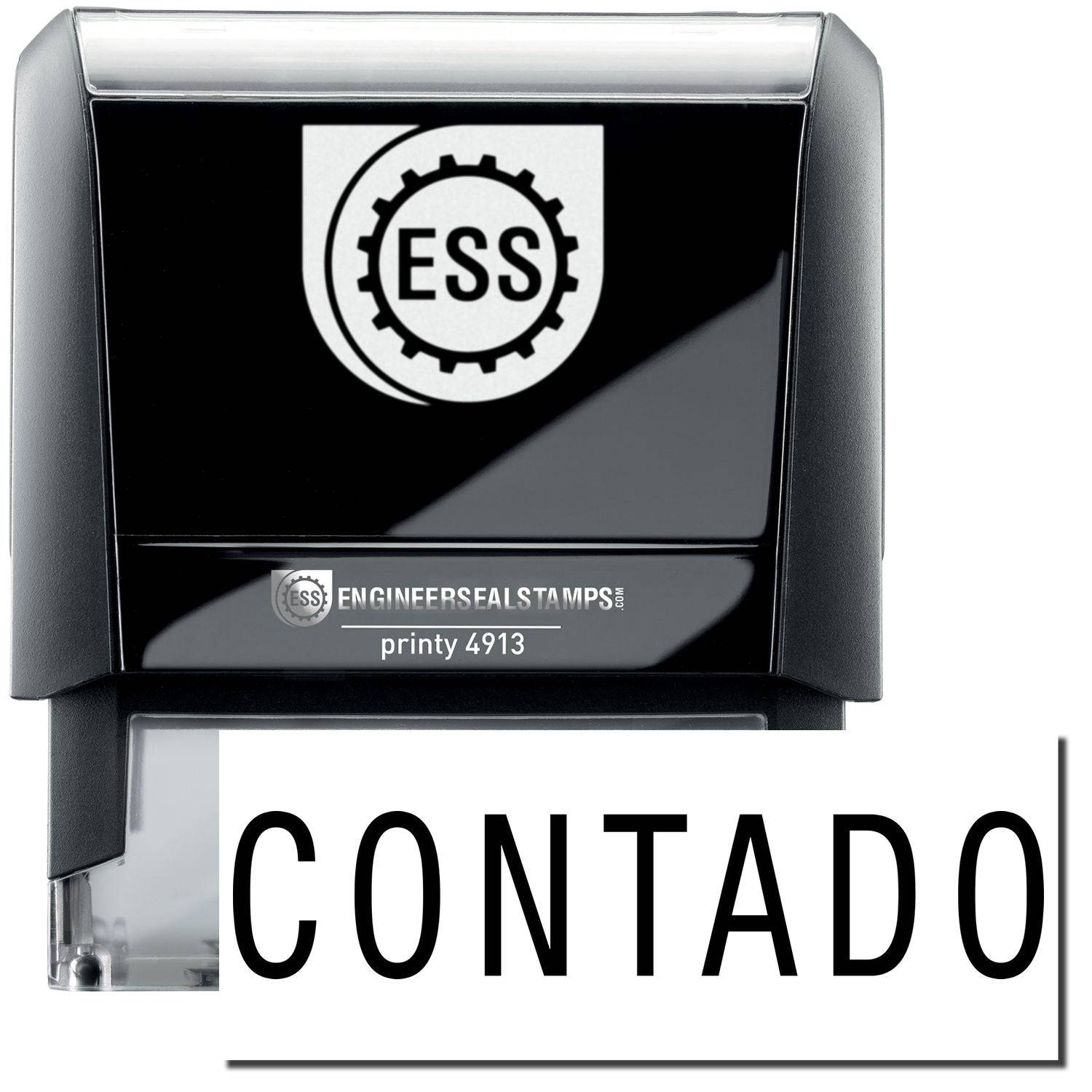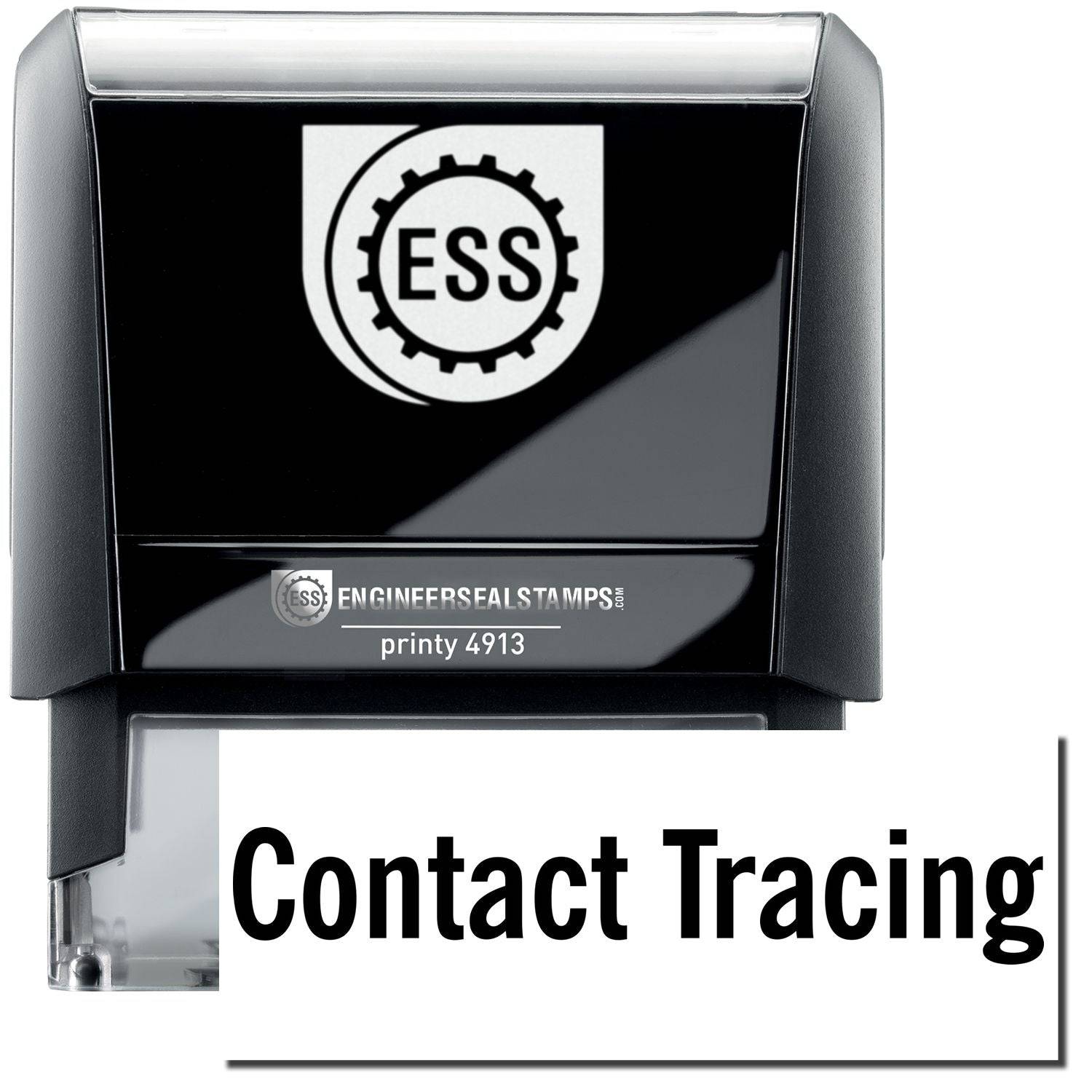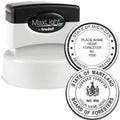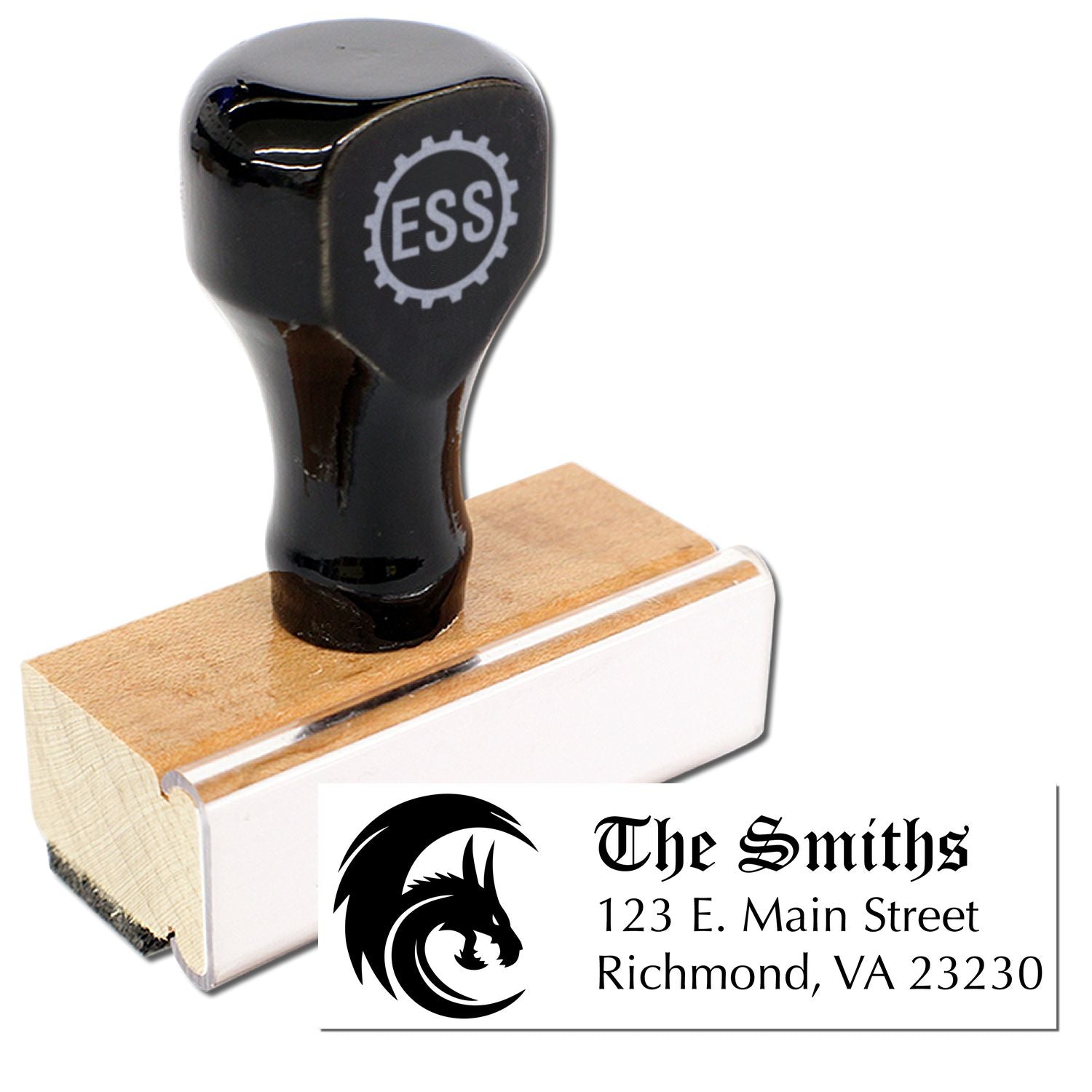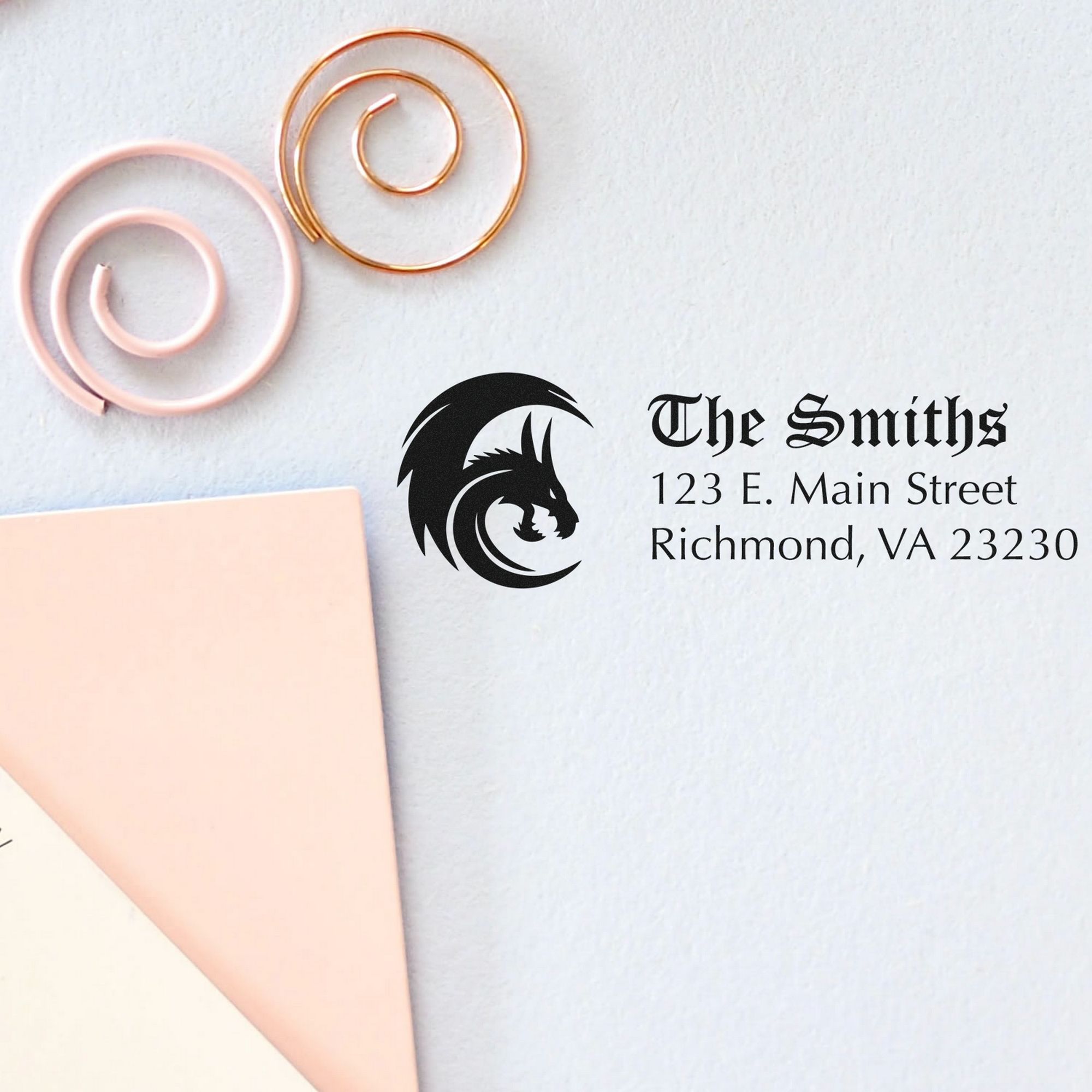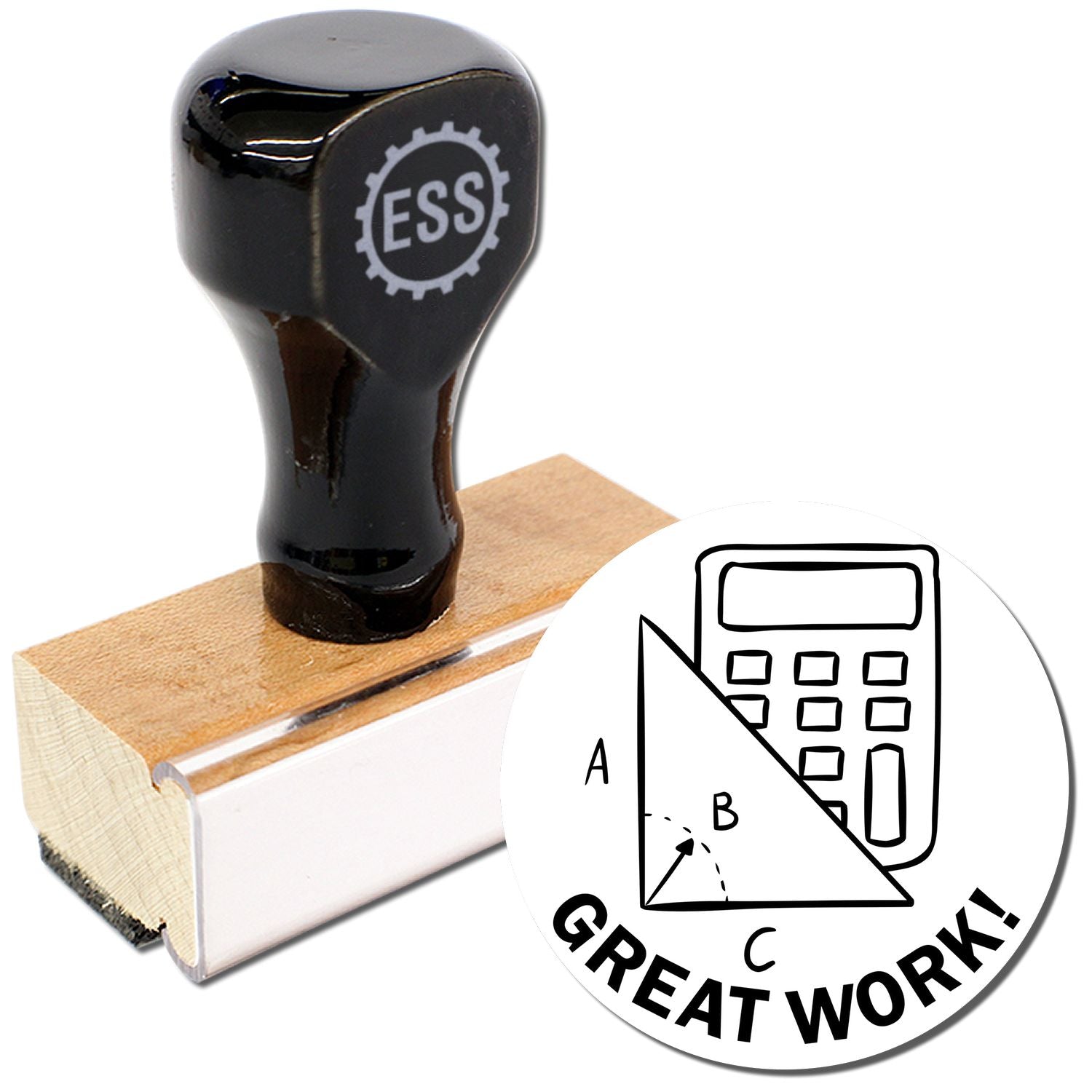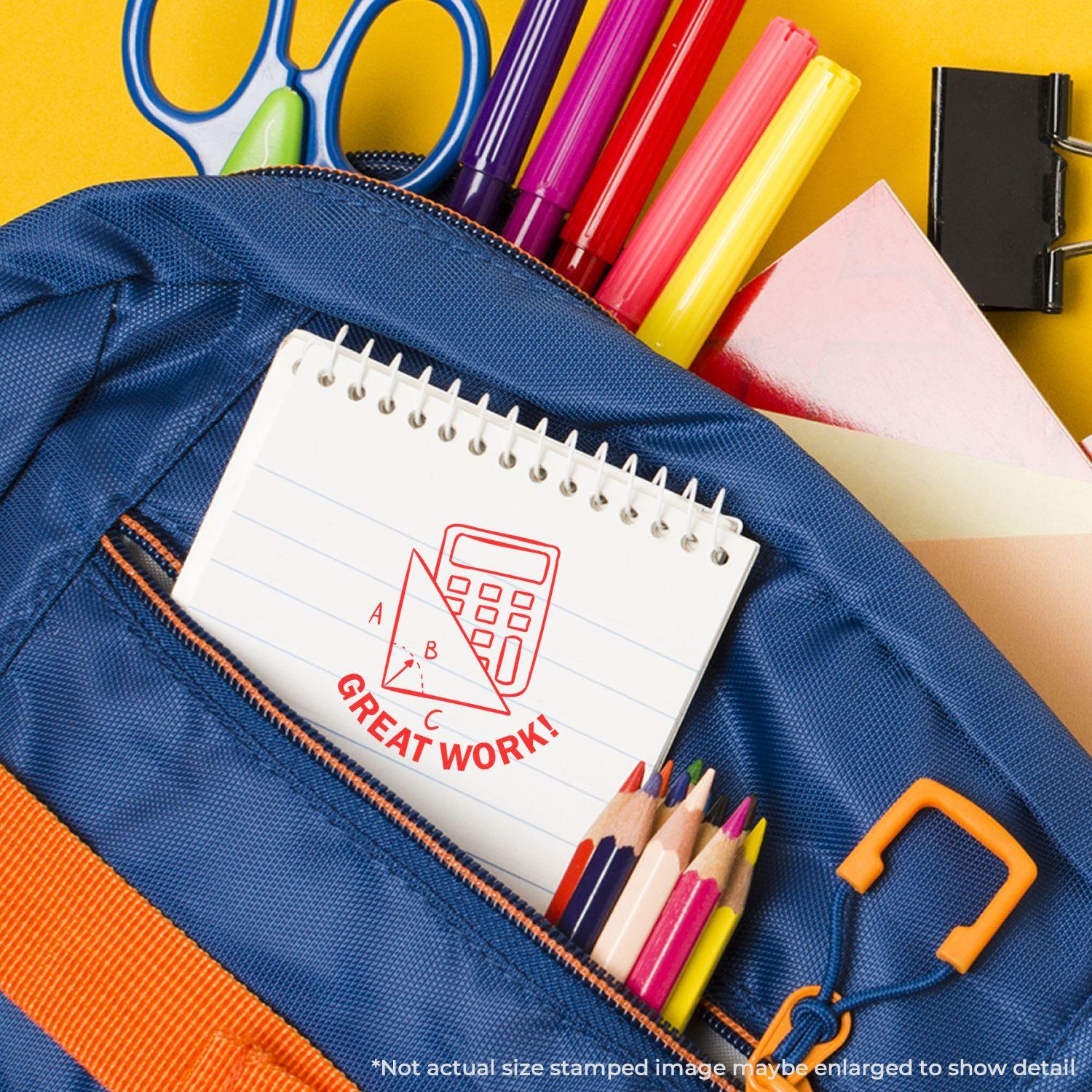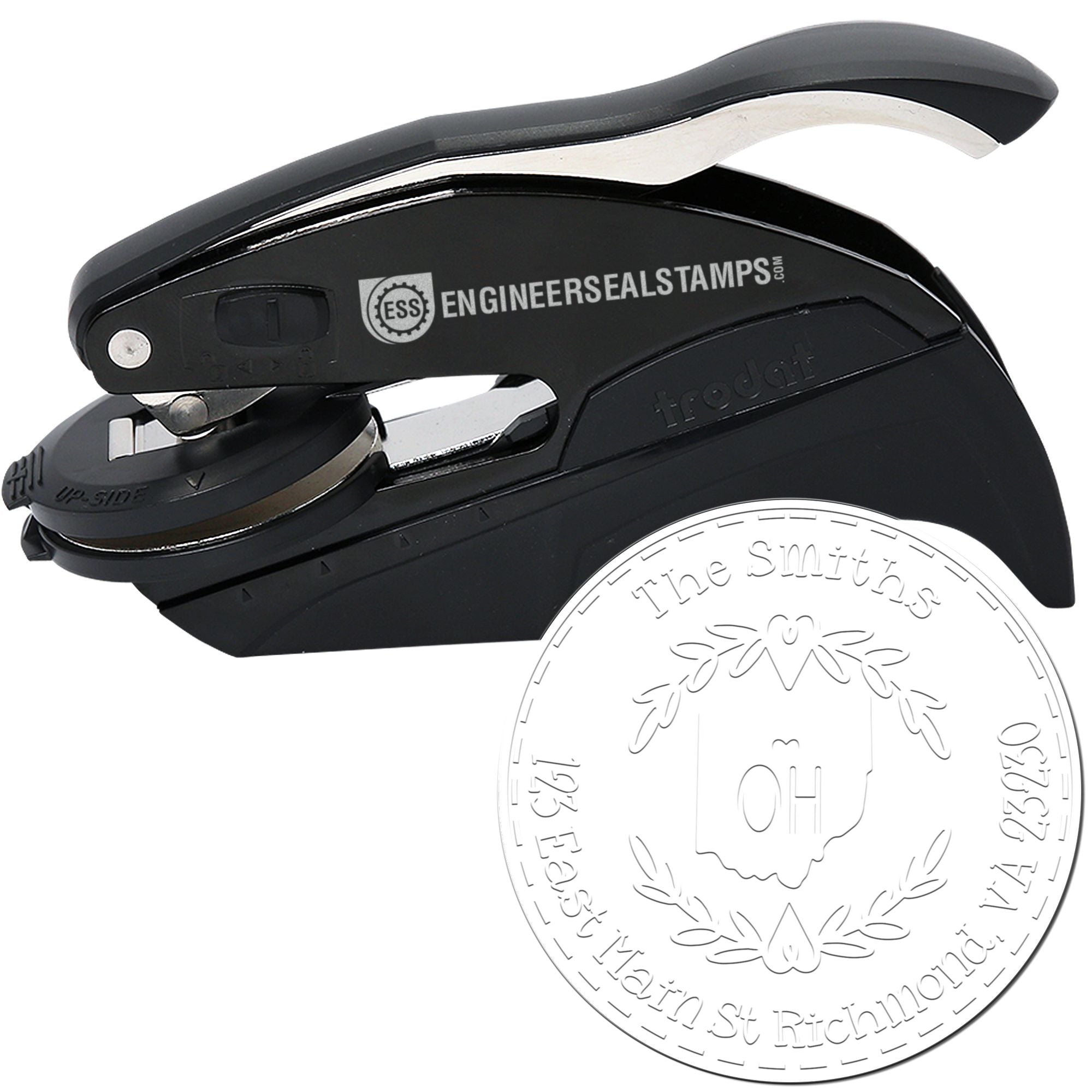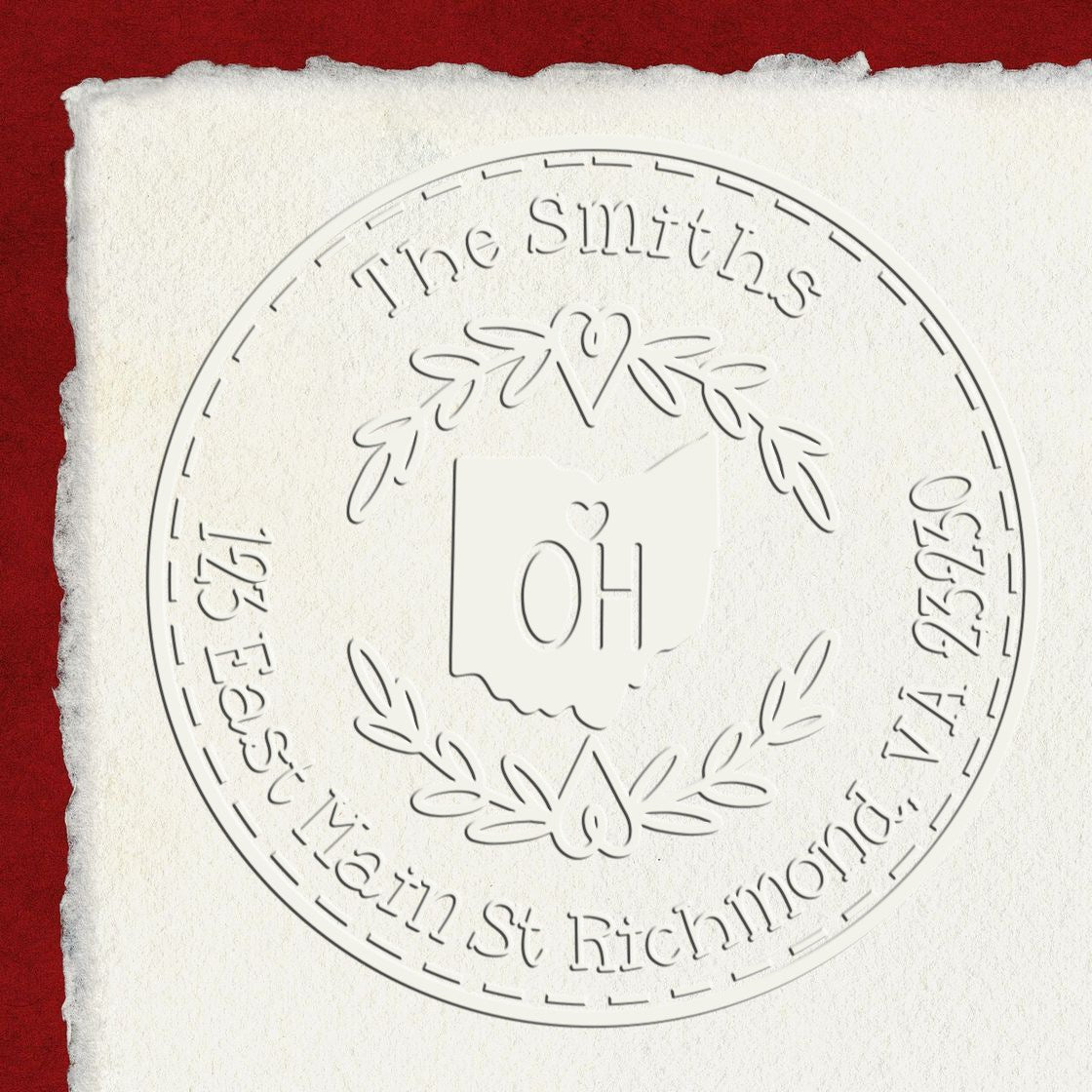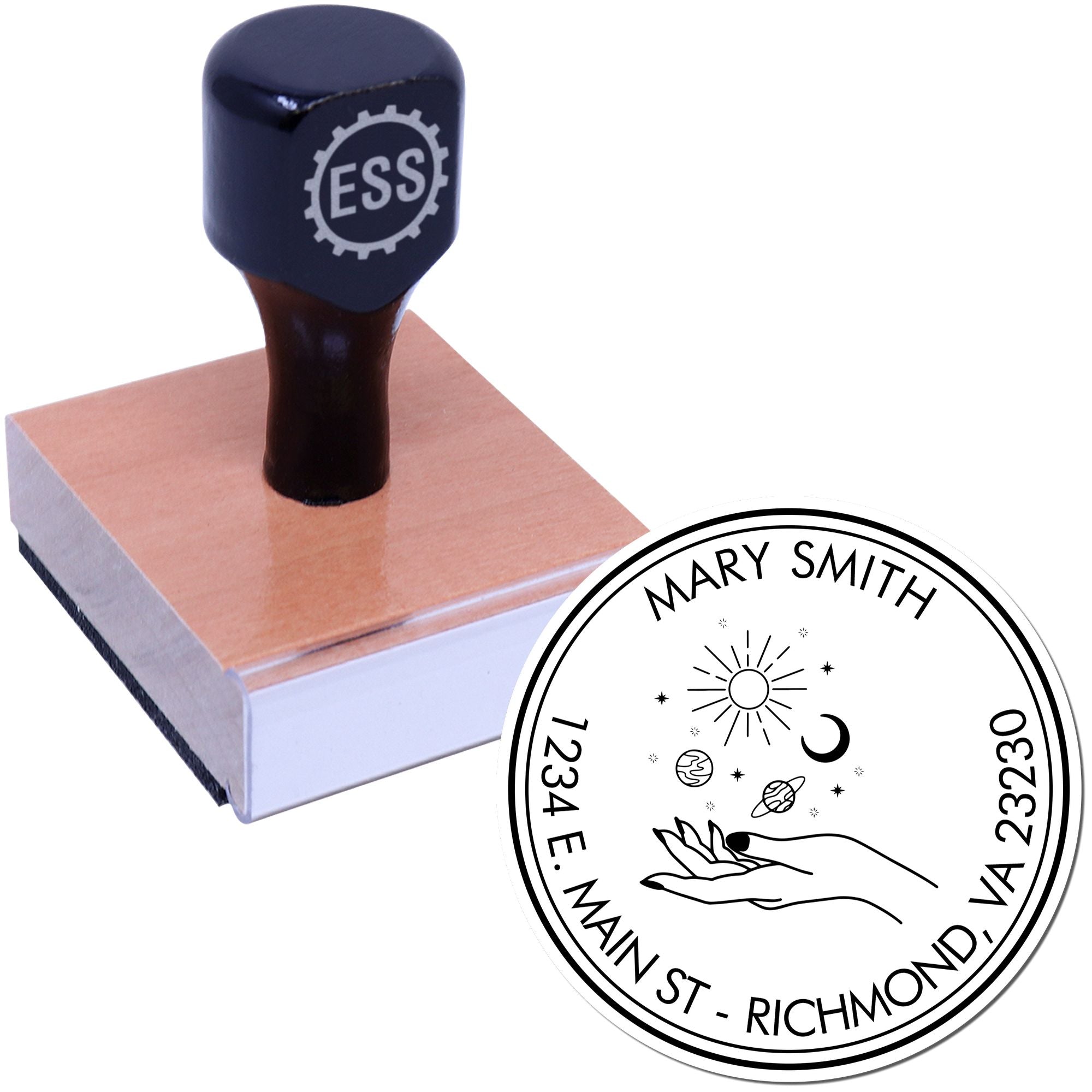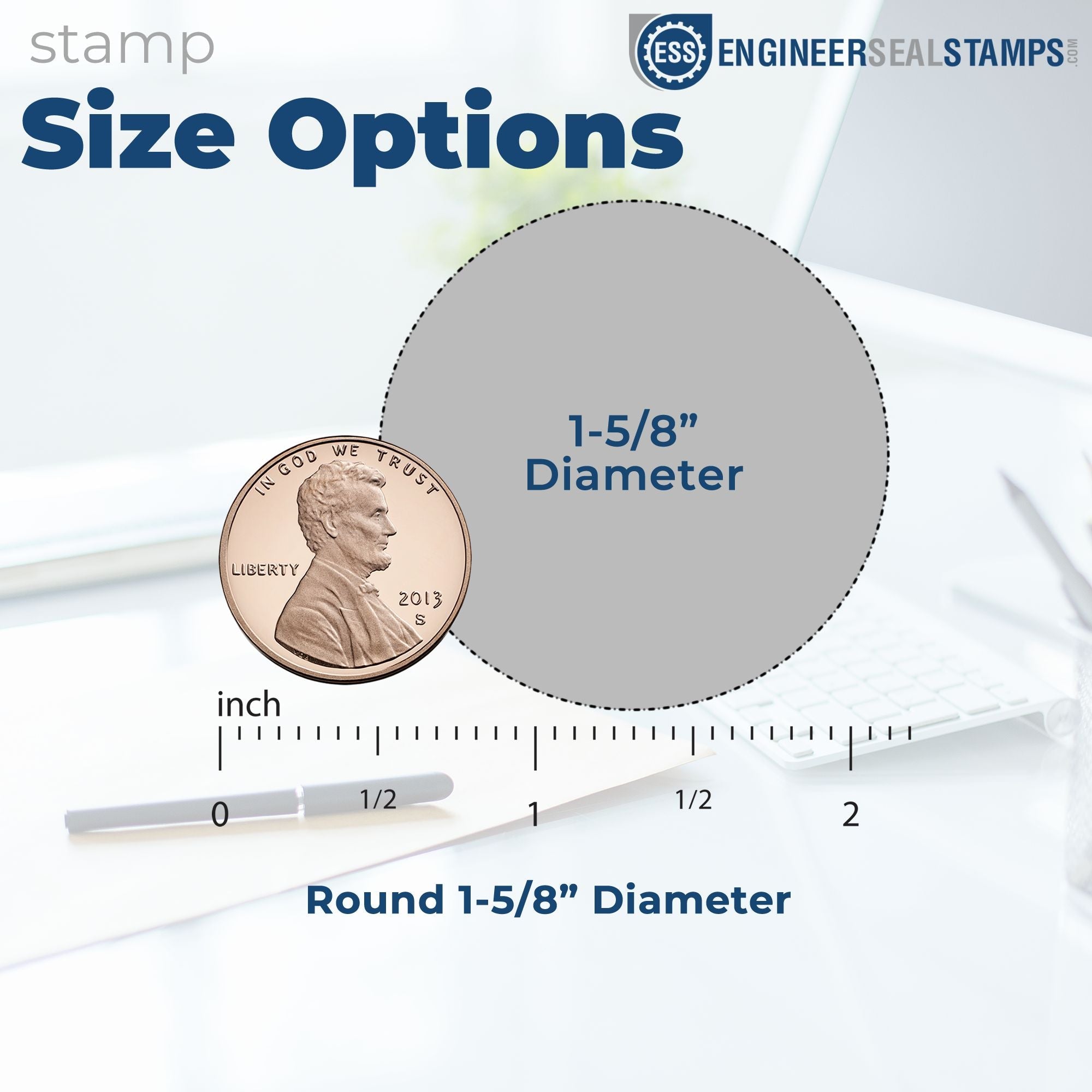Looking for a stamp pad for porous surfaces that won’t leave your documents smudged or watery? You’re in good company. Whether you’re stamping invoices, packaging labels, or creative crafts, choosing the right pad will make the difference between crisp, clean impressions and messy, uneven prints. Below, you’ll find a quick roadmap to help you pick the ideal option.
Know your porous surfaces
Porous surfaces, like paper, cardboard, or uncoated envelopes, absorb ink quickly. That’s good for fast-drying projects, but it also means you need a pad that can deliver smooth coverage. How do you know if a surface is truly porous? Gently place a drop of water on it. If the water soaks in right away, you’re dealing with a porous material.
Surface-friendly tips
- Look for labels on your pad that state “fast drying” or “designed for paper.”
- Test on a small corner first to confirm the ink won’t feather or bleed.
Compare ink formulations
Don’t underestimate the power of good ink. Some inks dry almost instantly, while others stay wet longer for embossing or layering. If you’re working on packaging or letters, a fast-drying variety can save you from blotches. If you want detailed, artistic impressions, a slower-drying ink gives you time to fill in colors or add embellishments.
Ink features to consider
- Oil-based inks tend to offer sharper lines but may take longer to dry.
- Water-based inks dry quickly and are often easier to clean up.
- Pigment-based inks give vibrant colors and can be heat-set for added permanence.
Check the pad material
Stamp pads can be felt, foam, or cotton. Felt pads are sturdy, making them great for heavy-duty stamping, while foam pads soak up more ink for bolder images. Cotton pads strike a balance between durability and ink absorption. If longevity is key, felt pads might be your go-to. If you prefer bright, solid impressions, foam pads might be a better fit.
Quick comparison table
| Pad Material | Pros | Cons |
|---|---|---|
| Felt | Lasts long, holds shape | May need more frequent inking |
| Foam | Bolder color, easy to use | Can wear out faster |
| Cotton | Balanced coverage | Sometimes pricier |
Store and maintain pads
Keeping your stamp pads fresh means fewer re-inking sessions. To extend pad life, close the lid right after you finish stamping. That simple habit helps keep dust, air, and accidental ink splashes from shortening your pad’s lifespan.
Maintenance pointers
- Store pads flat, especially if you’ve just applied fresh ink.
- Wipe the stamp pad edges with a slightly damp cloth if you notice ink buildup.
- Consider rotating pads in high-volume settings to give each one time to rest.
Key takeaways
- Identify porous surfaces through a quick water drop test.
- Choose an ink formulation that matches your speed and style.
- Match the pad material (felt, foam, or cotton) to your intended usage.
- Seal and store your pads correctly so they last longer.
Making your choice doesn’t have to be complicated. A little know-how about inks, pad materials, and proper care will help you find exactly what you’re looking for. Try one tip during your next stamping session, and watch how much cleaner and crisper your impressions turn out. If you have a favorite stamp pad or an inking trick, feel free to share it so others can benefit too.

